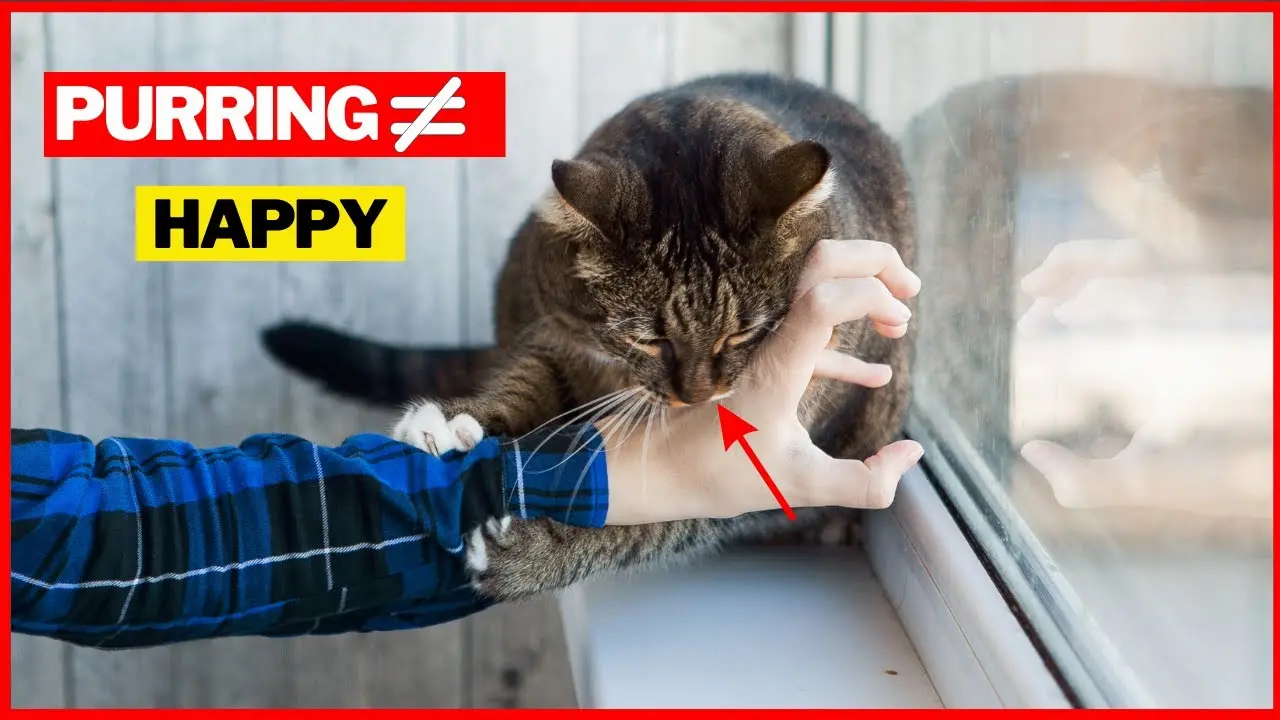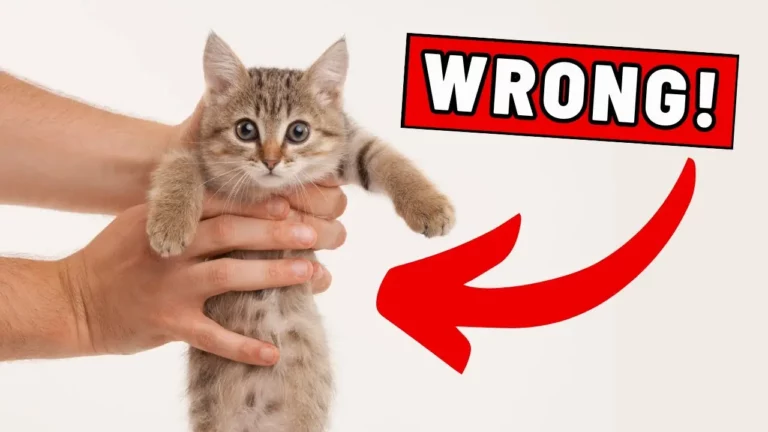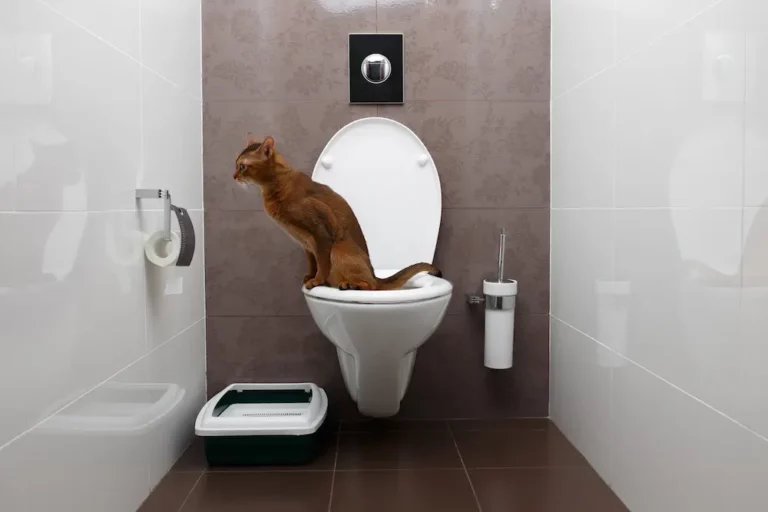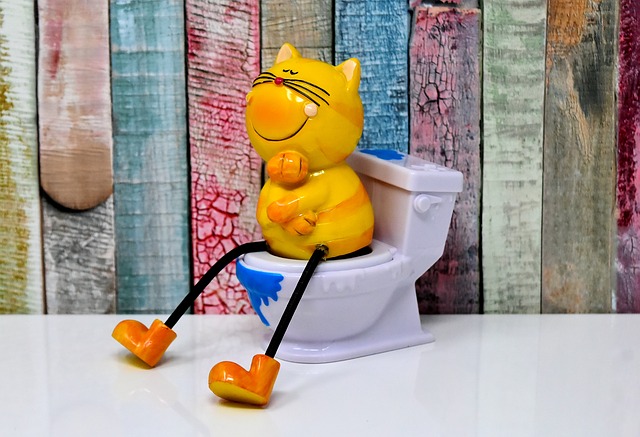6 Common Cat Myths We Need to Stop Believing In Order To Help Our Cats
You might think you know everything about your
Have you ever believed that cats always land on their feet or that they hate water?
These misconceptions can lead to unsafe environments and poor care practices.
Additionally, thinking that cats are solitary creatures might prevent you from understanding their social needs.
By re-examining what you think you know, you can create a better life for your
Cats Always Land Safely
Many people believe that cats always land on their feet, but this myth isn’t entirely true.
While it’s fascinating to watch a
Cats have a unique skeletal structure and a righting reflex that helps them twist their bodies, but it’s not foolproof.
The height of the fall, the
When a
Conversely, if the height is too great, the impact might be too severe, even if the
This is why it’s crucial to cat-proof your home and make sure that windows and balconies are secured to prevent accidental falls.
Cats Hate Water
While guaranteeing your
Many cats are simply unfamiliar with it, leading to anxiety and discomfort when they encounter it.
Introducing water gradually can help your
Start by letting your
You can place a shallow dish of water in an area where they feel safe, allowing them to investigate it without pressure.
Some cats might even enjoy playing with a dripping faucet or water fountain, finding the movement and sound intriguing. This can be a great way to make water a positive experience.
Bathing your
Use lukewarm water, a gentle
Speak softly to your
Over time, your
Cats Are Solitary Animals
Contrary to the belief that cats are solitary animals, they can form strong social bonds with both humans and other pets. Cats are often seen as aloof or independent, but many enjoy camaraderie and interaction.
When given the chance, they can develop deep attachments to their human family members, showing affection through purring, head-butting, and even following you around the house.
Cats also have the capacity to get along well with other animals.
If introduced properly, they can coexist peacefully with other cats, dogs, and even smaller pets.
Socialization from a young age helps, but older cats can also adapt to new friends with patience and gradual introductions.
You might notice your
Understanding that cats aren’t inherently solitary can improve their quality of life. Provide opportunities for social interaction through play, petting, and shared spaces.
Cats Purr Only When Happy
Did you know that cats don’t just purr when they’re happy?
Many people believe that a
Cats also purr when they’re scared, in pain, or even when they’re sick.
Cats may purr to comfort themselves in stressful situations, similar to how humans might hum or sing to soothe their nerves.
For instance, a
Additionally, some studies suggest that the vibrations from purring can promote healing and reduce pain, acting as a kind of natural analgesic.
When you notice your
By paying attention to these cues, you can provide the appropriate support your
Breaking this myth helps you become a more attentive and responsive
Cats Can See in Total Darkness
Just as understanding purring helps you better care for your
It’s a common myth that cats can see in total darkness, but in reality, they need some light to see.
Cats have a higher number of rod cells in their eyes compared to humans, which makes them excellent at seeing in low light, but not in complete darkness.
In dim conditions, your
The tapetum lucidum, a reflective layer behind their retinas, also enhances their ability to see by reflecting light that passes through the retina back into their eyes.
This is why your
Understanding this helps you make sure your
Recognizing that your
Indoor Cats Don’t Need Exercise
Many people mistakenly believe that indoor cats don’t need exercise.
This myth can lead to health issues for your beloved
Just like outdoor cats, indoor kitties require physical activity to stay healthy and happy.
Their natural instincts drive them to climb, hunt, and explore, even within the confines of your home.
You can help your indoor kitty stay active by providing engaging toys, such as feather wands, laser pointers, and puzzle feeders. These items stimulate their hunting instincts and encourage movement.
Additionally, setting up vertical spaces like
Interactive play sessions with your kitty are essential.
Spend at least 10-15 minutes a couple of times a day engaging them in play.
This not only helps them burn off energy but also strengthens your bond. Remember, a bored
Conclusion
By debunking these common cat myths, you’ll be better equipped to care for your
Recognizing the true nature of purring, their vision limitations, and the necessity for indoor exercise promotes their well-being. Educate yourself, challenge misconceptions, and provide the best care for your beloved






